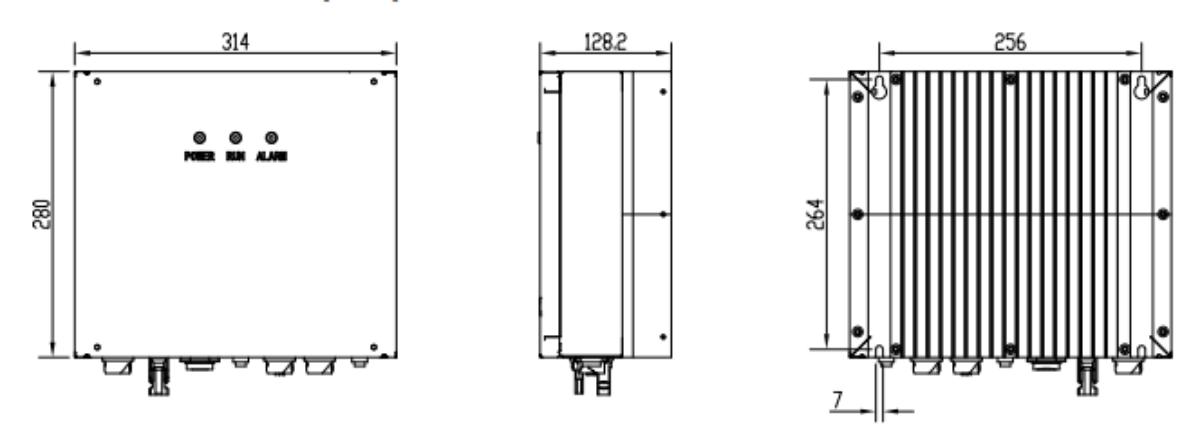This article was updated May 15, 2023. It was originally published July 14, 2020.
It often takes a lot of energy to get a motor up to speed. Across-the-line starters (DOL), the most common starter circuitry, create the highest currents when starting motors, but that puts a lot of wear-and-tear on the motor as well as components and equipment down the line. And wye-delta starting (also called star-delta starting) lowers initial voltage by 33% but adds complexity and unnecessary terminations while taking up more space in cabinets. Dc To Ac Converter

But soft starters can reduce inrush currents and limit torque—protecting valuable equipment and extending the life of the motor by reducing motor heating caused by frequent starts and stops and sudden spikes in power and torque.
Soft starters or reduced voltage soft starters (RVSSs) can be added to typical 3-phase AC motors to reduce strain on the motors during typical power-up phases by limiting motor torque and the initial inrush of current. This is done by controlled solid-state switches for each phase that gradually ramp up the initial voltage to the motor and generate so called “soft starts.”
Soft starters let motors smoothly accelerate to running speed and avoid any risk of overstressing the power circuitry. Soft starters also give more control to operators, reduce the risk of damages, and increase efficiency. Applications that have high inertial load and a large inrush of current could benefit greatly from a soft starter by eliminating failures and unnecessary delays. And some mechanical equipment requires gentle starts to avoid the torque spikes and tension associated with normal startups.
For applications that require speed and torque control only during motor startup, soft starters are often the economical choice. Additionally, they are often ideal for applications where space is a concern, as they usually take up less space than variable frequency drives.
Engineers who decide to use a soft starter should size it based on the motor’s full-load-amps (FLA) current, not the power rating. The inrush current of a large motor can be as high as 10 times the full load amps, but usually soft starters are sized to accommodate three or four times this amount. If a motor really does pull 10 times the FLA, the soft starter will have to be oversized to accommodate it.
Compared to DOL or wye-delta starting starters, soft starters generate lower inrush current methods, which:
A variety of applications can make good use of soft starting technology including conveyors, belt-driven devices such as fans, blowers, and pumps. Slow starts minimize torque spikes and tension and decrease motor heating due to frequent stars and stops. ALL of these extend the motor’s life.
Tried and True: Soft Starters
Off to a Good Start

Thyristor Power Regulator John Bordewick was the lead application engineer for ICD components and assemblies at Eaton Corp. when this article was originally published.